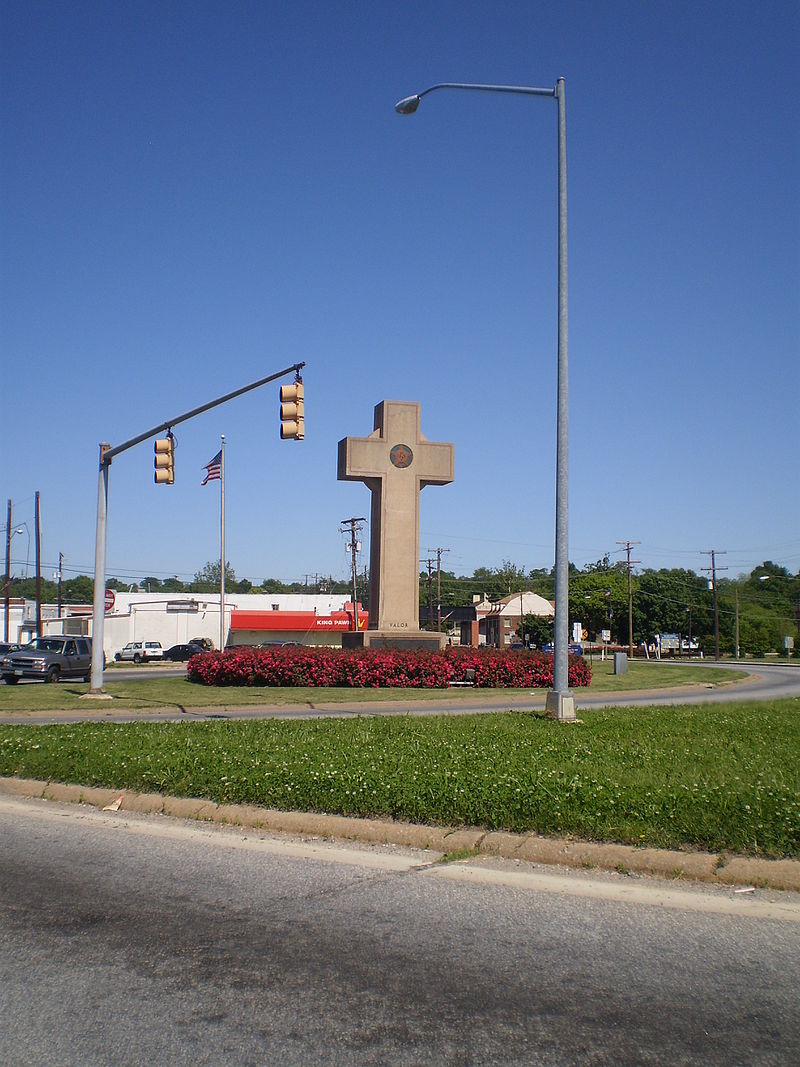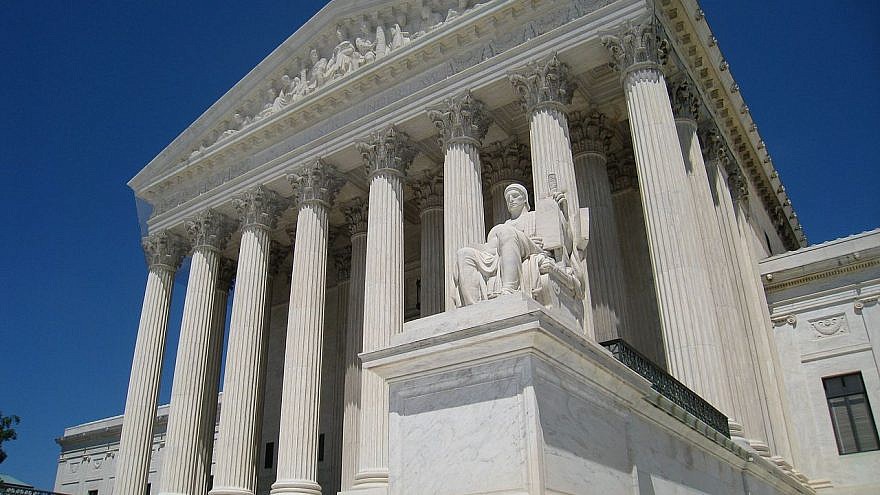In the view of some ardent defenders of the separation between religion and state, there was no doubt that a war memorial in the form of a 40-foot-tall cross should not be allowed to stay on state property in Bladensburg, Md. Some Jews saw the presence of the so-called “Peace Cross” on land maintained by the state of Maryland as an insult to all non-Christians, whether they espoused other religions or no religion at all. That’s why the American Humanist Society sued the state of Maryland and the American Legion—the veterans group that erected the memorial in 1925—and demanded that it be removed from its current spot on state property.

Agreeing with them was U.S. Supreme Court Justice Ruth Bader Ginsburg, the legal idol of much of American Jewry and liberals everywhere, who wrote that keeping the cross where it was undermined “government neutrality among religious faiths and between religion and non-religion.” But sensible people, both Jewish and non-Jewish, should be glad that the “Notorious RBG” was outvoted on the case of Maryland v. National Humanist Association by a margin of 7-2 with two fellow members of the liberal faction on the U.S. Supreme Court (Justices Stephen Breyer and Elena Kagan, who, like Ginsburg, are Jewish) joining with the five conservatives to ensure that the Humanist Society would not get its way. But while common sense prevailed at the high court, the fact that the destruction of the monument was seriously considered—and the decision to let the memorial stand was criticized by the Anti-Defamation League—speaks volumes about what is wrong with the way the discussion of church-state issues is conducted in a Jewish community that the ADL claims to represent.
While it is highly unlikely that in our own day a war memorial meant to represent the suffering of those who served the United States would be symbolized by a cross, the plaintiffs failed to present proof that the Bladensburg cross was an attempt by Christians to denigrate those who didn’t share their faith or constituted an endorsement of Christianity. Rather, the cross was an attempt to create a memorial that would represent those soldiers, whose remains were neither identified nor brought home from the charnel house of the Western Front, where some 50,000 Americans died in combat with more than twice that number dying while in the military as a result of the postwar influenza epidemic.
While the seven justices in the majority were divided about how to could create a definitive legal test that could define when memorials can cross the line into an establishment of religion, they agreed the basic purpose of the cross in memorializing the war dead was essentially secular.
What remains troubling about this case is not so much the arguments put forward by the plaintiffs that were accepted by Ginsburg and Justice Sonia Sotomayor, who joined her dissent. The problem here is that the effort to take down the war memorial seemed animated by hostility to the intersection of faith and the state that goes far beyond the mandate of the Constitution’s establishment clause.
In the early years of the American republic, many states maintained restrictions on the rights of non-Christians, which were incompatible with the Constitution’s promise of freedom. To the extent that the majority needed to be restrained from establishing their faith at the expense of minorities, it was appropriate to build a wall of separation between church and state.
Yet there is a vast difference between the legal prohibition against a state church such as are routine in most other countries and seeking to create a standard that sweeps the public square clean of symbols of faith and of the right for believers to express their religion. The establishment clause forbids favoring one faith over others. But what it does not do is to ensure a right to protect Americans from being confronted by symbols of faith or to treat religion with hostility.
So while Ginsburg is right that government should be “uncoupled” from church, to further argue as she did that “the principal symbol of Christianity should not loom over public thoroughfares” in this manner is to betray a hostility to public expressions of faith that is not only unwarranted by the Constitution, but also does genuine harm to civil society.
The notion that a 94-year-old memorial that has been consistently used for secular remembrance of those who died fighting for America be torn down—or ignominiously carted away somewhere out of the sight of its critics in order to soothe the hurt feelings of a minority of Americans who are offended by the sight of that cross—isn’t merely indefensible. It would also serve as a license for escalated cultural warfare in which other symbols related to faith would be rendered vulnerable to the iconoclasts.
It ill behooves those who lament the fraying of the fabric of our common political culture and a spirit of growing intolerance to support a campaign to eradicate inoffensive memorials that will only reinforce the belief that religion is under siege in the United States. The mere presence of a cross intended to memorialize the fallen involves, as Justice Clarence Thomas rightly noted, “no legal coercion” that should worry Jews or any other non-Christian group.
To the extent that some Jews think eradicating evidence of the faith of others can only protect their safety or even their sensibilities, they are doing neither religious freedom nor the country any good. To the contrary, by demonstrating hostility to and intolerance for the faith or the symbols venerated by other Americans, the ADL and other supporters of Ginsburg’s position are setting us up for unnecessary conflicts that are bad for America, as well as the Jews.


























